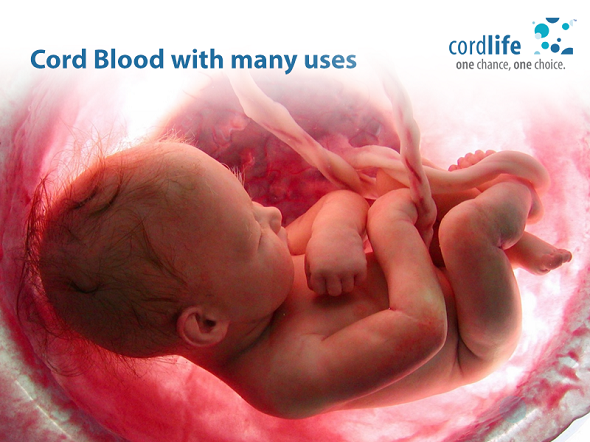Table of Contents
Cord blood stem cells were first used in a transplant in 1988 and have since been used to treat more than 80 diseases. You can know more about the diseases it can be used to treat in the list provided by ‘Parent’s Guide to Cord Blood’[1]. To-be parents often make a host of preparations in order to keep their child safe such as emptying electric sockets, child-proofing cabinets and much more. Umbilical cord cell storage is also a safety net or insurance that can help to protect your child’s life in future.
Benefits of Umbilical Cord Blood Stem Cell Banking
Umbilical cord blood is rich in stem cells. Stem cells have the potential to reproduce themselves and also to turn into any other type of cells. The stem cells in umbilical cord blood are Haematopoietic stem cells that can build and replenish the body’s blood and immune system. These cells can differentiate into blood vessels, immune-system cells, bone cartilage, muscle cells, blood cells and nerve cells.
Cord Blood Stem Cells vs. Bone Marrow Stem Cells
Umbilical cord stem cell storage is a simple non-invasive process and is completely harmless to the mother or the baby. On the other hand, extracting stem cells from the bone marrow is an invasive procedure and also requires general anaesthesia which comes with its own set of inherent risks. Matching stem cells are necessary for a transplant procedure so as to increase the chances of the body accepting the transplant. Umbilical cord blood cells will be a lifetime match for your child and a 25% to 50% partial match to a sibling. These cord blood cells can also be used to treat other family members as genetically matching stems cells result in higher chances of successful transplants with fewer complications.
Umbilical cord blood cells have a high rate of engraftment or in other words have a high rate of replication of transplanted cells in the host. These cells also have a low rate of graft versus host diseases i.e. the transplanted cells attacking the host body. These cells are also free of latent viruses which is why they are also termed as “privileged” when compared to bone marrow cells.
The Advantages of Umbilical Cord Cell Storage
Cord blood cells are readily used to replenish the immune system after chemotherapy or radiation. Chemotherapy or radiation not only destroys the bad cells but also destroys the good cells. Stem cell therapy helps to replicate the good cells or the disease-free cells in such patients. Apart from being used in treatment of cancers such leukaemia, lymphoma, neuroblastoma, cord blood cells are also being researched for the treatment of degenerative diseases.
If you are parents-to-be and have not decided upon umbilical cord cell storage, then it’s time you give it a thought to insure your baby’s future health.
